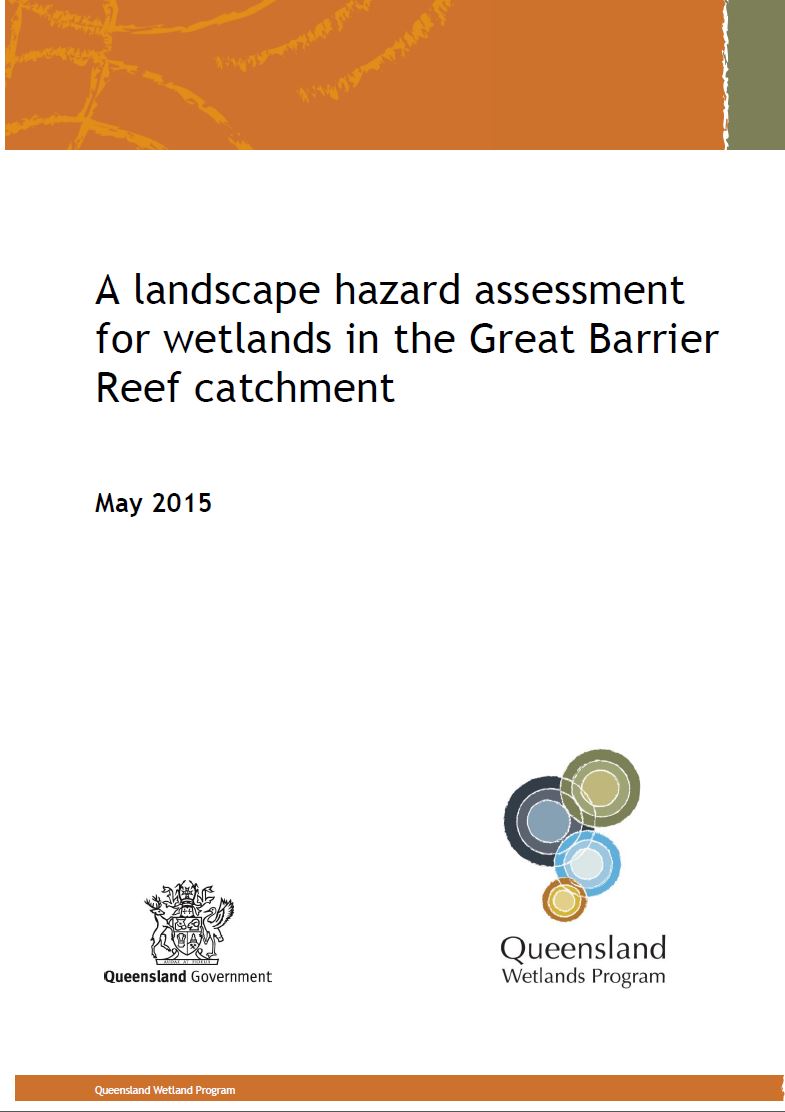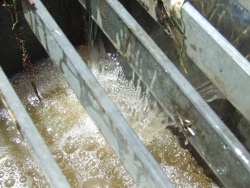|
|
PressuresThe role that wetlands play in promoting a healthy environment was previously not well understood. Lack of awareness and understanding of their importance has been the greatest threat to their survival. With more than 88% of Queenslanders now living within 50km of the coast, the pressures on coastal wetlands are immense.
Quick facts
Many pressures affect wetlands. Some can lead to a loss of wetlands entirely (see: Wetlands—State of the Environment (Pressures Chapter) 2011[1]), others may alter the components and processes of the wetland and affect how it functions, thereby impacting on its biodiversity and values. Pressures can result from underlying human activities (drivers) including population dynamics, economics, technology and climate.
Pressures on wetlands can occur across a range of scales. Their effect can vary depending on a number of factors including intensity, landscape setting, type of wetland (lacustrine and palustrine, riverine and marine and estuarine), sensitivity of the wetland to the pressure, frequency of the pressure and the management in place to mitigate the impacts. Pressures affecting wetlands may be located a long way from the wetland itself, e.g. a dam at the top of a catchment may significantly alter the hydrology of a downstream wetland. It is important that wetlands are managed from a whole-of-landscape perspective to help ensure pressures are addressed at appropriate scales. Direct pressures on wetlandsDirect pressures on wetlands include:
Indirect pressures on wetlandsIndirect pressures on wetlands include:
A changing climate will compound the pressures above. Rising sea levels will effect the landward movement of estuarine wetlands, resulting in pressure on existing freshwater wetlands which have little opportunity to migrate landward. Extreme weather events associated with climate change, including higher temperatures, more intense rainfall and droughts will result in increased pressure on wetland ecosystems. A landscape hazard assessment for wetlands in the Great Barrier Reef catchment This report details the approach taken to assess hazards to lacustrine and palustrine wetlands in the Great Barrier Reef (GBR) catchments in Queensland. It provides a landscape scale assessment of hazard (as opposed to fully quantified 'risk') arising from land-use, and is conducted as a desktop GIS analysis. The 2017 Scientific Consensus Statement for the Great Barrier ReefThe 2017 Scientific Consensus Statement for the Great Barrier Reef is a review of scientific knowledge on water quality issues in the Great Barrier Reef. The statement was produced by a multidisciplinary group of scientists, with oversight from the Reef Independent Science Panel. It arrives at a consensus on the current understanding of the Great Barrier Reef system, and evaluates the ability of current initiatives to meet water quality targets set in the Reef 2050 Water Quality Improvement Plan 2017–2022. Chapter 1 contains an overview of the state of marine and coastal aquatic ecosystems and the pressures on them. Additional information
Pages under this sectionReferences
Last updated: 22 March 2013 This page should be cited as: Department of Environment, Science and Innovation, Queensland (2013) Pressures, WetlandInfo website, accessed 18 March 2024. Available at: https://wetlandinfo.des.qld.gov.au/wetlands/management/pressures/ |

 — Department of Environment, Science and Innovation
— Department of Environment, Science and Innovation



